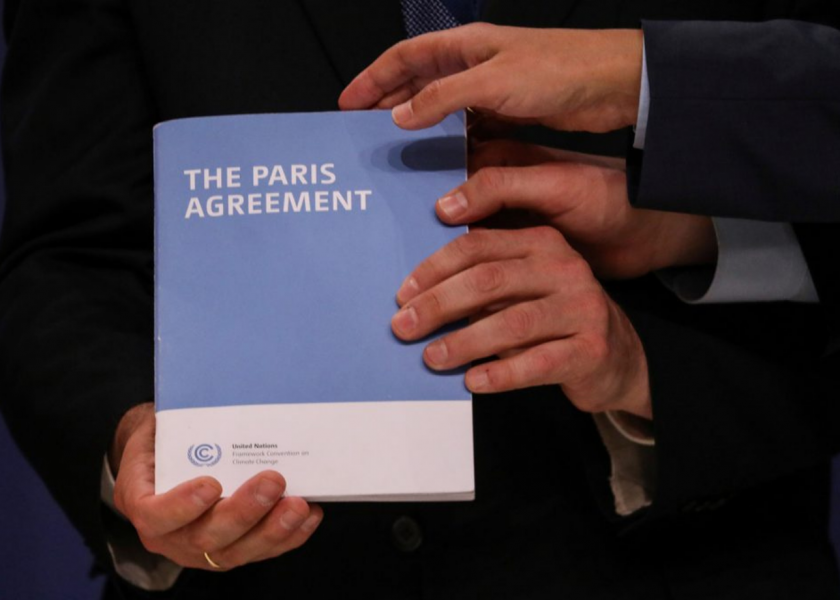Has the world just gone a bit greener?
15/05/2021

Following on from the light and heat of the US presidential elections, has the world woken up to a greener future? As a campaign that is committed to achieving net zero by 2050, we welcome the news that Joe Biden will be the next president of the USA. His commitment to climate change and the return of the USA to the Paris Agreement and, coupled with the UK hosting COP 26, will make 2021 a very important year. With China’s pledge to bring emissions to net-zero before 2060, and the EU, Japan and South Korea’s commitments to reach net-zero by 2050, a tipping point is being approached that puts the Paris Agreement’s 1.5˚C limit within reach. Too early to celebrate? This gives us hope, as this positive news seems to be either the culmination of the focus on net zero, or the start of the beginning, especially for the financial sector.
It is notable that on the on the first working days after the election we saw the Chancellor of the Exchequer, Rishi Sunak, launch the UK’s first green gilts. This is seen as a move to increase the UK’s low-carbon credentials, ahead of COP 26. The ‘green sovereign bonds’ are a form of borrowing that can fund low-carbon infrastructure projects, similar to those already in use in Sweden and Germany. This follows on closely from Andrew Bailey, the governor of the Bank of England, commenting, “compared to the financial crisis and the pandemic, the risks from climate change are even bigger and more complex to manage,” and “our goal is to build a UK financial system resilient to the risks from climate change and supportive of the transition to a net-zero economy.”
At the same time Mark Carney, the former head of the Bank of England was hosting the Green Horizon Summit, a view on restructuring world capitalism to help tackle climate change, supported by the World Economic Forum and the Green Finance Institute. As part of the agenda on day 1, construction features, with a panel discussion, ‘The Built Environment – Financing the Net-Zero Transition’, at which the point to be debated was that ‘The built environment is responsible for 30 percent of greenhouse gas emissions in the UK and yet this sector has significant potential to decarbonise and unlock wider benefits across the economy.’
Putting construction onto the agenda is a move much welcomed by the Time For Timber campaign as we see the world of finance and insurance take note of their significant role in financing the future of sustainable construction, to meet the UK’s commitment to achieving net zero by 2050.
All of this points to green shoots for the green economy, one which we support given that it is our main campaign image that has been used in magazines, on billboards and on-line. We are at the very beginning of the process as the main stakeholders get on board and make their plans.
It isn’t the time to be complacent. If all the sectors that are responsible for producing carbon, from energy generation, to transport and freight, through to food production and of course construction, do their bit and we all pull together, we might just get there.